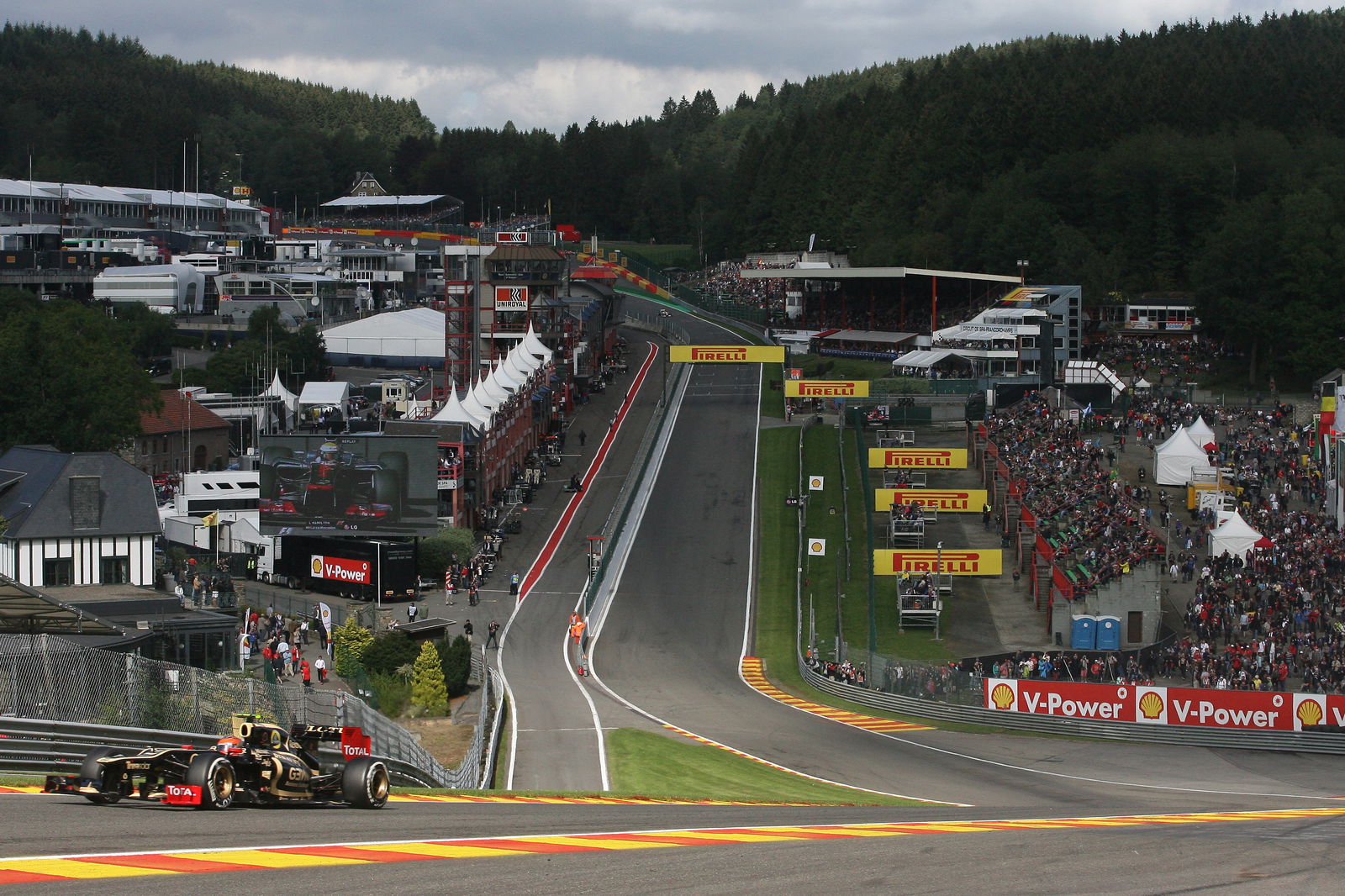Ferrari look for an edge through engine strategy

With each F1 team only having eight engines to last the full 20-race season in 2012, engine management is critical at the best of times. But it's now, at the midpoint of the season and going into two notorious "power circuits" at Spa and Monza over back-to-back race weekends, that the situation starts to get seriously tense.
"Normally you make your choice based on what is the power effect, circuit by circuit," explained Mattia Binotto, Ferrari's head of race engine and assembly department. "So the circuits where the power is more important in terms of lap time you'll fit a new engine: it is normally the case for Belgium and Monza.
"I'm expecting all the manufacturers will do as we do in some way," he added. "Having a brand new engine compared to an engine having already done one race, it's some horsepower, not a lot, but looking at the power effect it can up to one tenth per lap in qualifying."
But using new engines on consecutive weekends has a consequence for how the team goes on to tackle the rest of the season.
"Fitting new engines in Belgium and Monza means that everybody else will be at seven engines already used and then you need in some way to manage the end of the season," Binotto confirmed. "Looking at the current situation we have so far used four engines, five for our competitors, which we believe can in some way be an advantage at the end of the season."
Ferrari's strategising over how to use the eight engines each car is permitted to use in a season has been slightly upset by what appears to be an engine failure for Felipe Massa in the limited Friday wet weather Free Practice sessions.
"Obviously the engine failed," said Binotto. "We'll need to analyse it, I don't think we have a clear answer at the moment.
"The engine was quite close to the end of its life, so it's something that can normally happen on a Friday even if you never expect to have such a problem during a Friday practice session," he continued. "We have been lucky due to the weather conditions so we have not compromised the programme of Felipe.
Binotto's work at Maranello is further complicated by the need to create a new V6 engine to comply with the forthcoming change of F1 technical regulations, at the same time as continuing to support the current V8.
"Designing it, developing it is quite difficult but having two types of project in parallel, overlapping is quite difficult," admitted Binotto. "From the facilities point of view, at some stage to put the V6 engine means using that dyno for V6 and no more for the V8. It means that all the dynos need at some stage to be transformed from V8 to V6 and you need in terms of scheduling to choose the right moment to do it.
"It's really difficult. Moving on the facilities is a real job, in terms of investment, in terms of timing, in terms of schedule," he said. "To shorten up that timing is very challenging and very important because each day you gain in that respect will be one more day you can spend on the development of the V6. You need to push on the current season, on the next you can obviously not slow down on your development of the V8 but at some time you have to move to the V6."
But overall Binotti says that the development is going well.
"We are on schedule," he said. "We are happy. Each day there is something new to be learned. 2014 is just around the corner, so in some ways it's really difficult, very challenging.
"It's really early days," he added. "We are pushing, we are on time, we are on schedule but it's never enough. In F1, you cannot be satisfied, you can never be satisfied."

